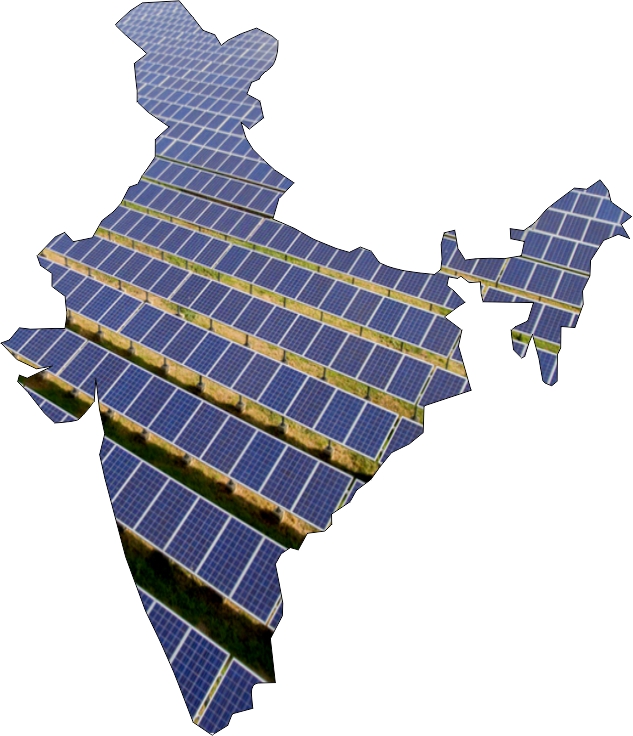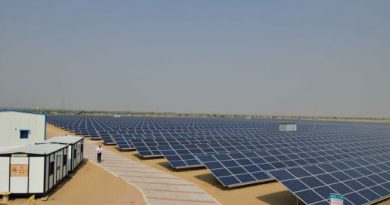IEEFA predicts 60% Over achievement for India on Paris targets by 2030

Based on the 2015 Paris agreement, India has targeted a 40% share of renewables in its electricity grid by 2030. Current projections from the Central Electricity Authority (CEA) however project that India will have 63 per cent of installed capacity from non-fossil fuel sources by 2029-30. A 60 per cent share of its projected power grid by 2030. Readers will recall that it was the Paris Agreement where Prime Minister Modi stepped up with the massive commitment on renewables, a promise that would appear to be well on its way to being met.
However, the non-fossil target has received a fillip by the inclusion of large hydro under renewable power, a step that has not gone down well with many industry insiders. As they believe that not only is large hydro not as clean as it is made out to be, with very high collateral damage to the environment in some cases, its inclusion has also given the government space to manoeuvre when it needed to take tough decisions on better support for the renewables sector, primarily wind and solar energy. Also, going by CEA projections, thermal capacity is going to drop from 64 to just 35 percent by 2030, a seemingly implausible figure in our view.
The IEEFA, in its report -India Energy Transition Fuels Growth Path for Sustainable Development said the CEAanalysis predicts moderation in coal growth thanksto end of life plant closures, even as gas and biomass growth are expected to be very small. The CEA’s base forecast for thermal power capacity is 291GW by 2030, a 30 percent increase on the 225 GW figure of March 2019. It predicts that India will need 34GW/136GWh of battery energy storage systems (BESS) by 2030 to balance the grid reliability and stability needs of 440GW of variable renewable energy capacity, supported by 73GW of hydro and 10GW of biomass.
The report, while a cause for satisfaction for some in the government, faces many issues for its predictions to come true. Political issues continue to dog the power sector, with the revised electricity act, considered crucial for the revival of the whole sector, still to be passed by parliament. A relentless focus on low costs means that much of the changes projected by CEA are based on hopes of a further drop in prices, both for renewables and storage. A slower than expected transition will definitely lead to delays.
India’s addiction to coal, and the sector’s clout in politics due to most mining being concentrated in politically volatile and large states is no secret. In fact, the country’s continued expansion of its coal mining, even at the cost of the environment makes one wonder if the government finally counts on coal to pull itself out of any power shortfall.
Large hydro, whose inclusion has given a temporary sheen to the total non fossil fuel numbers, is definitely unlikely to meet expectations, as multiple pulls on such projects prevent their optimum working. Be it water supply, farming , or flood control, large dams have multiple calls on their water storage, preventing their optimum use.
Thus, for the IEEFA prediction to come true, the government will need to speed up reforms in the sector as a whole, look to push open access and solar rooftop markets in a much bigger way by 2020, to ensure these two critical yet underperforming segments in solar, deliver to potential.




